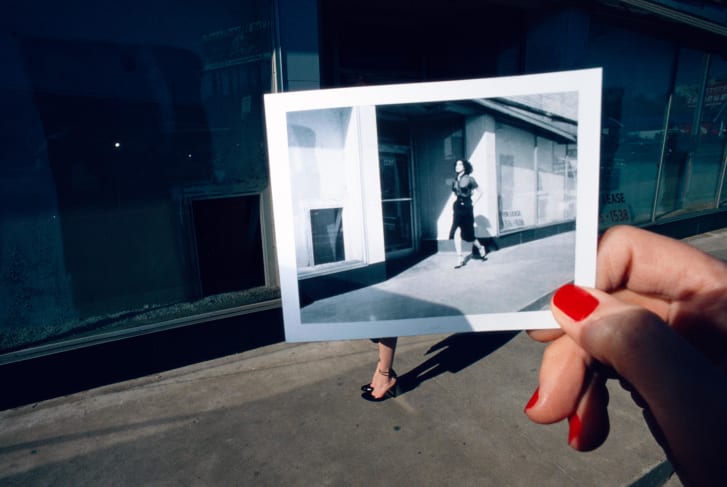Civic Artifact Analysis
my artifact is the polaroid camera
 1. Who “made” the artifact? (You can think about this in many ways: who consumes the artifact?; who challenged a commonplace by creating the artifact?; who benefits from the artifact?, etc.)
1. Who “made” the artifact? (You can think about this in many ways: who consumes the artifact?; who challenged a commonplace by creating the artifact?; who benefits from the artifact?, etc.)
The polaroid was created by a scientist names Edwin Land in 1948 after his daughter questioned why she had to wait to see the pictures she had just taken of herself. He then worked on inventing the “instant camera” which would minimize the time it would take to capture an image and viewing it. His invention of the Polaroid revolutionized traditional photography, a process where the photos had to be developed professionally. Many people, especially professionals viewed this new type of camera as an “amateur’s gadget and nothing more.” The camera was widely used by all people, not just photographers. It was sold out minutes of being put on sale in a department store in Boston.
2. Why was the artifact necessary? (What was/is the artifact responding to?)
The polaroid completely changed photography. it was necessary because average people lookin to take photos no longer had to wait weeks for their pictures to get developed by professionals. They could receive their pictures within minutes fo taking it.
3. Has the need for the artifact changed over time?
The need for the polaroid has somewhat changed over time. When it was first invented, it was a cultural revolution. It captured the attention of everyone and has continue to remain a subject of fascination even in modern days. There was nothing like it. The invention of it has often been compared tot eh invention of the Apple IPhone. However, we now have phones and cameras on them that will also instantly let us see the pictures we have taken. Yet somehow the aesthetic of polaroid pictures is still very much popular even though it is no longer a necessity.
4. Does the artifact have different meanings for different groups of people?
For the most part, the polaroid camera has a universal meaning. Simply put, its job is to capture a photo and instantly print it out to have. However, for some people they use it as a way to hold onto something that is real and tangible in a digital age. And for others they use if because Polaroid pictures are aesthetically pleasing and they like the way their photos come out on them as opposed to just a regular camera.
5. What commonplaces are embedded in the artifact? Or, how does the artifact comment on commonplaces?
A modern commonplace for the polaroid is that it’s a symbol of nostalgia. We are living in a digital age where everything we see is through a screen. People that use polaroids use them so they can have an actual photo in their hands and not just ones that are on a phone. It’s not as abstract. Another larger commonplace embedded into this artifact is that its a form of expression for oneself. Its a gateway towards creation and art and people especially like the way they look compared to a normal camera.
6. What makes the artifact “civic?” How does the artifact frame the civic?
The polaroid is “civic” because it brings people together. We have to come together to take a picture with each other. You are also able to share a memory with someone and capture that moment. According to the “Polaroid Project” it’s a “real social medium..it was an act of humans being with each other.”